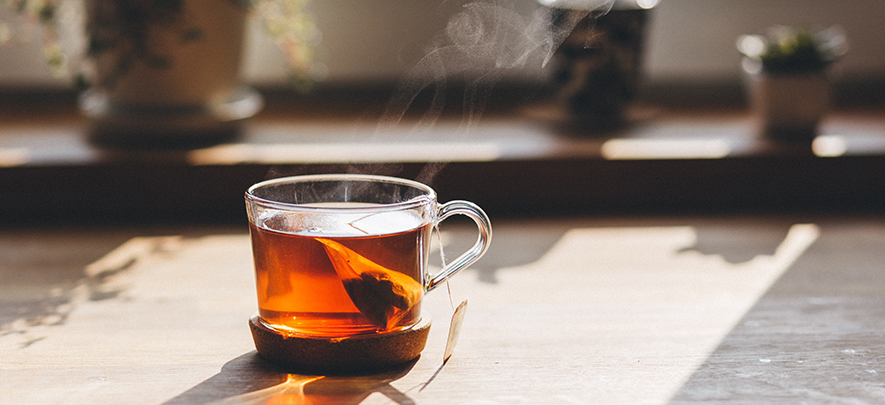How much do you really know about tea?

Health & Lifestyle
377 week ago — 4 min read
Tea is the drink of choice for many SMEs when starting the work day. In fact, that nice cup of tea is what sets the tone for a productive day of work. When fatigue sets in in the late afternoon, another tea break is taken to rejuvenate the spirit and continue soldiering on towards achieving personal and business goals. But how much do you really know about tea? In this insightful piece, Suresh Nanjan explains how tea leaves are harvested and processed.
Tea in its natural state is a perennial tree not a bush. It may grow over 20 feet if allowed. The commercial scale plantations maintain it as a bush due to the convenience for harvesting. However it has adverse effects on the overall health of the tree as well as to its produce. The bushes thus maintained need to be pruned every three years to revive them for continued leaf growth. Wild trees are prevalent in China, but they are not so popular in any other part of the globe. Some excellent tea made from these aged trees are mostly consumed within China itself.
On a tea plant the optimal distribution of the healthy flavonoids and antioxidants are found in the bud and up to the second leaf. This bud set (two leaf bud) pluck is called the imperial plucking and most commodity tea production cannot afford this quality of harvest so they generally resort to more coarse pluck which can go up to the fourth leaf sometimes.
The more coarse the leaves, the more likely they are to end up shredded or broken during the processing and result in the fannings / dust grade teas along with other higher leafy grades in a batch of machine made teas. A tea bag is an invention of some brilliant marketing brains to market an otherwise discarded byproduct.
Low grade teas are more suitable for drinking by adding milk and sugar due to their inherent bitterness in the brew which is perfectly balanced by milk. Good quality teas are not suitable for adding milk or making masala chai.
However when you are considering tea from a health perspective loose leaf teas are what are worth your money. High quality teas are made with the top quality harvested leaves and they usually don’t shred during the processing and end up as more leafy with a more wiry and twisted appearance. They open up as bigger leaves when they are brewed using hot water.
By varying the processing methods alone the raw tea leaves can be made into various types of teas like White, Green,Yellow, Oolong, Black and some post-fermented dark teas also.
The journey from tea plantation to how it is harvested and processed is indeed fascinating. The sheer variety and kinds of teas available is unmatched. Little wonder that it is the beverage of choice for numerous entrepreneurs and professionals as they look to keep their energy and creativity levels high during the day and unwind at the end of the day.
To explore business opportunities, link with me by clicking on the 'Invite' button on my eBiz Card.
Disclaimer: The views and opinions expressed in this article are those of the author and do not necessarily reflect the views, official policy or position of GlobalLinker.
Posted by
Suresh NanjanI offer an exclusive collection of handcrafted and sundried teas, which are very healthy and artisanal quality from Nilgiris. I am eager to connect with business owners of cafes...
Network with SMEs mentioned in this article
View Suresh 's profile
SME Inspirations
Most read this week
Trending
What is BRC in Export Business?
Export Sector 4 days ago












Comments (3)
Share this content
Please login or Register to join the discussion